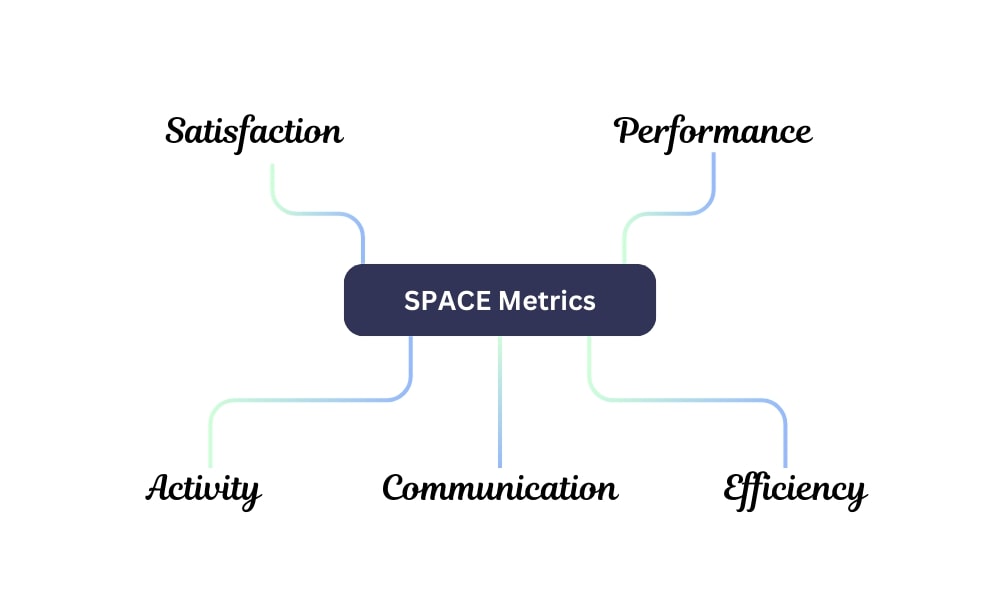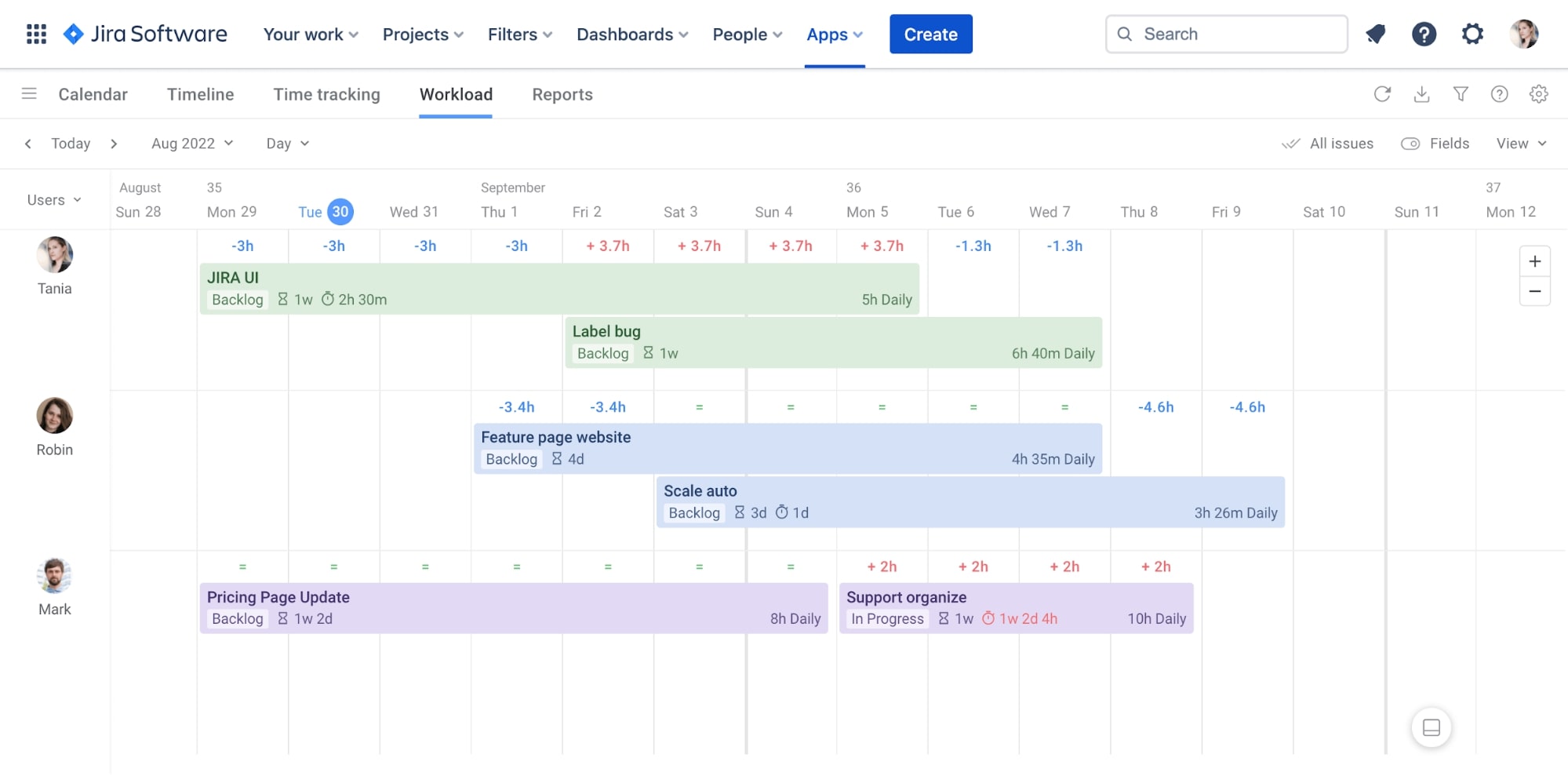Achieving success in innovative and complex engineering projects is not just about hard work. It also requires smart insights. Resource allocation plays an important part in ensuring that every team member and tool is optimally utilized to deliver value. Insights derived from measurable data can effectively guide teams to avoid inefficiencies and distribute resources productively. SPACE metrics provide a structured framework to analyze and evaluate team dynamics and performance to make informed decisions to achieve long-term success.
What are SPACE metrics?

SPACE is an acronym for five essential metrics for measuring and improving the productivity of developers in an organizational setting.
- Satisfaction: Developer satisfaction and emotional well-being reduce the risk of burnout and boost their engagement and motivation.
- Performance: Software performance, quality, reliability, speed, and product requirement fulfillment rates indicate how efficiently the team builds and maintains software.
- Activity: Evaluating workload, task completion rates, frequency of commits, code reviews, and builds helps determine the development team’s delivery capability.
- Communication: Communication and collaboration when responding to requests, resolving issues, and sharing knowledge are essential for teams that work toward a common goal.
- Efficiency: Minimal interruption to the development workflow allows for optimal resource utilization.
The role of SPACE metrics in resource allocation
Including SPACE metrics in project management allows engineering teams to align their efforts with organizational goals.
1. Pinpointing bottlenecks and improving workflow efficiency
- Efficiency metrics highlight the process workflow bottlenecks that can potentially delay progress.
- Managers and leads can use this metric to strategically allocate available resources, such as by scaling the infrastructure, implementing parallel workflows, and providing more team support after identifying the areas that need attention.
- For instance, streamlined CI/CD pipelines result in fast build times, allowing the developers to focus on critical tasks instead of waiting on builds. You can easily use Jenkins or GitHub Actions for this.
2. Improving fair distribution of workloads
- Activity metrics evaluate the individual and team workloads and their task completion rates.
- This granular visibility into workload distribution aids in identifying trends such as recurring task overloads and underutilization.
- It also improves capacity planning and helps implement dynamic workload redistribution mechanisms to ensure every team member and tool operates optimally and contributes to development efforts.
- Project management tools like Jira and Trello support workflow tracking and visualization.

3. Enhancing team communication and collaboration
- Communication metrics can discover inefficiencies in cross-functional or intrateam interactions
- Collaboration and communication issues can arise due to various reasons, such as inconvenient collaboration platforms, infrequent team meetings, and inefficient communication channels.
- These gaps in communication can cause misunderstandings, duplicate work, and slow responses to requests, severely impacting productivity.
- Thus, data-driven adjustments, such as investing in better collaboration tools and practices and reassigning personnel for team coordination, can enhance team synergy.
4. Focusing on outcome-oriented performance
- Performance metrics play an important role in linking development efforts to organizational goals by aligning resources with measurable outcomes.
- This ensures resources are directed toward initiatives that deliver the highest value.
- Additionally, forecasting models can be employed in resource planning by analyzing performance insights that build up over time to minimize reactive, last-minute decision-making.
- SPACE metrics not only help optimize the current operations but also provide a framework for future resource allocations.
5. Providing actionable insights for decision-making
- The combination of qualitative and quantitative insights derived from SPACE metrics allows engineering leads and managers to adopt a proactive resource allocation framework that suits the unique needs of the organization and its development teams.
- This includes informed, agile decision-making, ensuring resources are allocated swiftly in response to shifting priorities, capacity fluctuations, or emerging challenges.
- You can use tools like PageDuty to automate responses.
Final thoughts
SPACE metrics provide a well-rounded way to understand developer productivity and well-being, supporting smarter resource allocation to achieve organizational goals. By regularly reviewing these metrics and maintaining balance across them, you can make resource planning more effective. Using SPACE metrics effectively can help your engineering projects not just get by but truly succeed.

